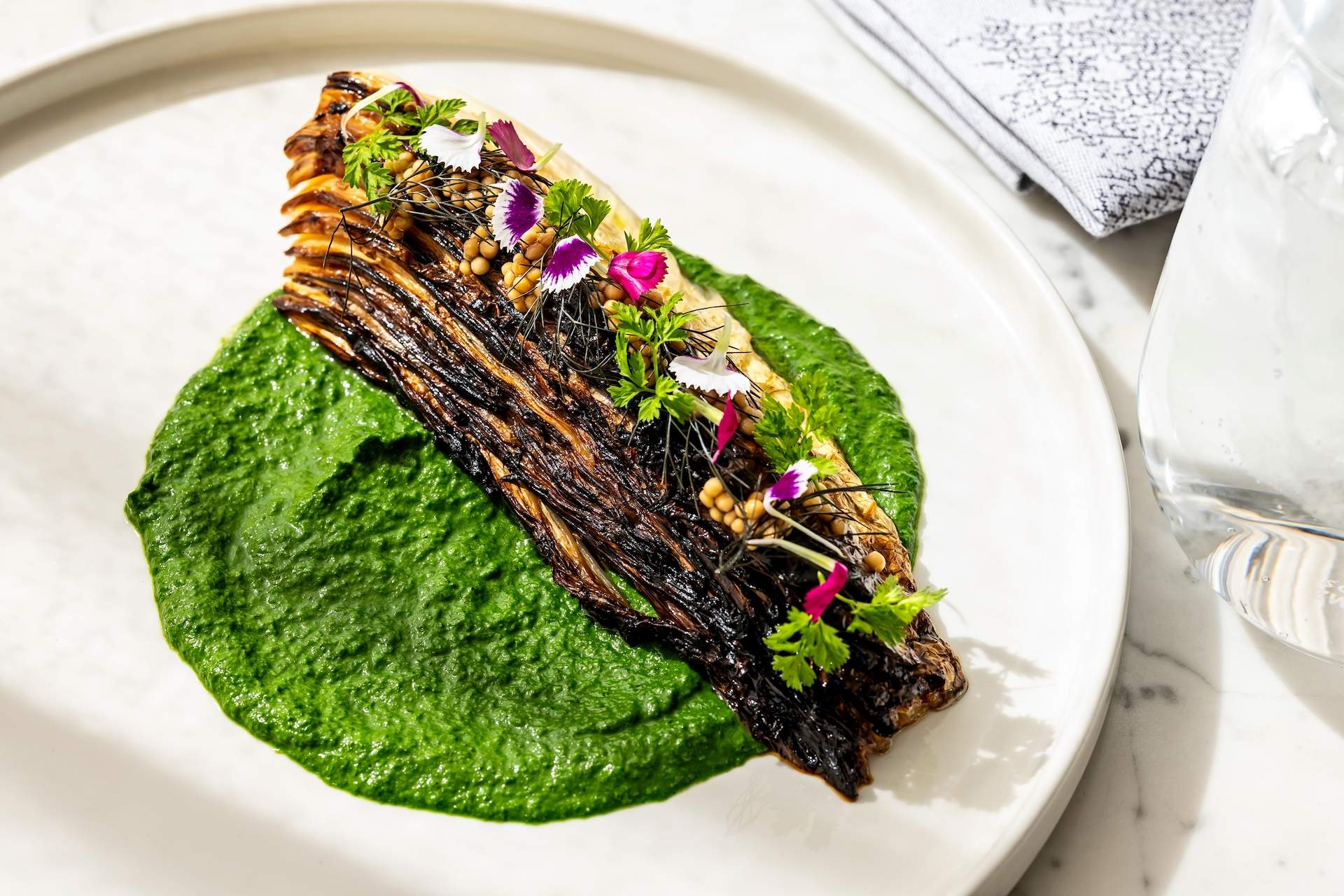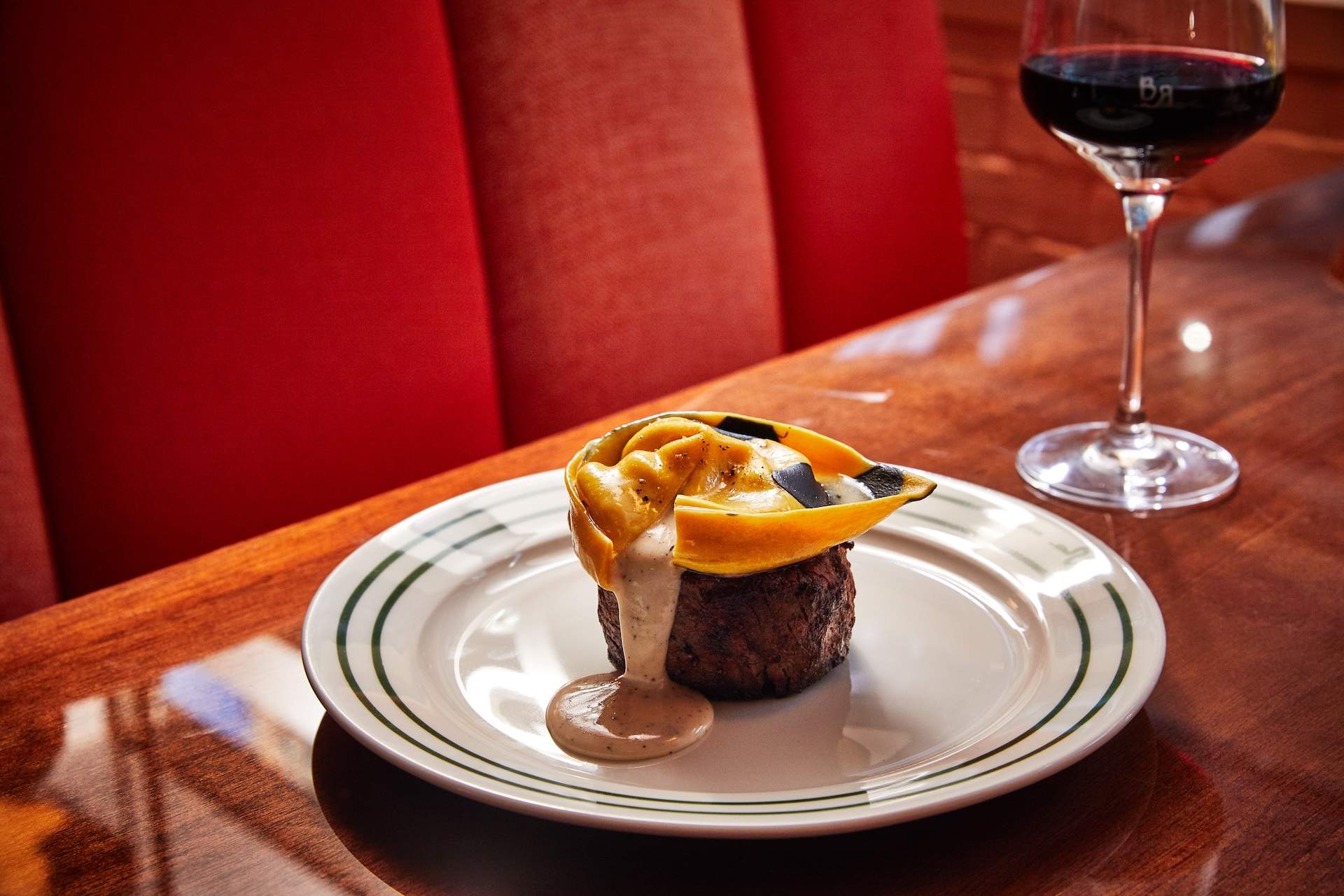Chef Michael Schlow has had to get more creative across his ten East Coast restaurants. More than a year into inflation and supply chain issues affecting restaurants, simply increasing prices or switching out ingredients isn’t cutting it.
“Inflation has caused me to be extremely mindful of my costs,” the James Beard Award-winning chef says of the challenges hitting him in a new way after three decades behind the stove. “I have to be innovative when it comes to creating and pricing my dishes and finding ways to save money. I have to pay attention to trends, including a dining atmosphere that’s more relaxed.”
He’s not alone. As food prices rose 18% last year, restaurateurs and chefs have improvised. Sure, brunch may be harder to come by, but as a whole, the full roster of changes are exciting. Restaurants are adding more creative and vegetable-focused dishes, innovative smaller plates, and casual concepts that are a lower-priced alternative to established upscale restaurants. Here’s what to expect in 2023.
Focused menus with unusual dishes
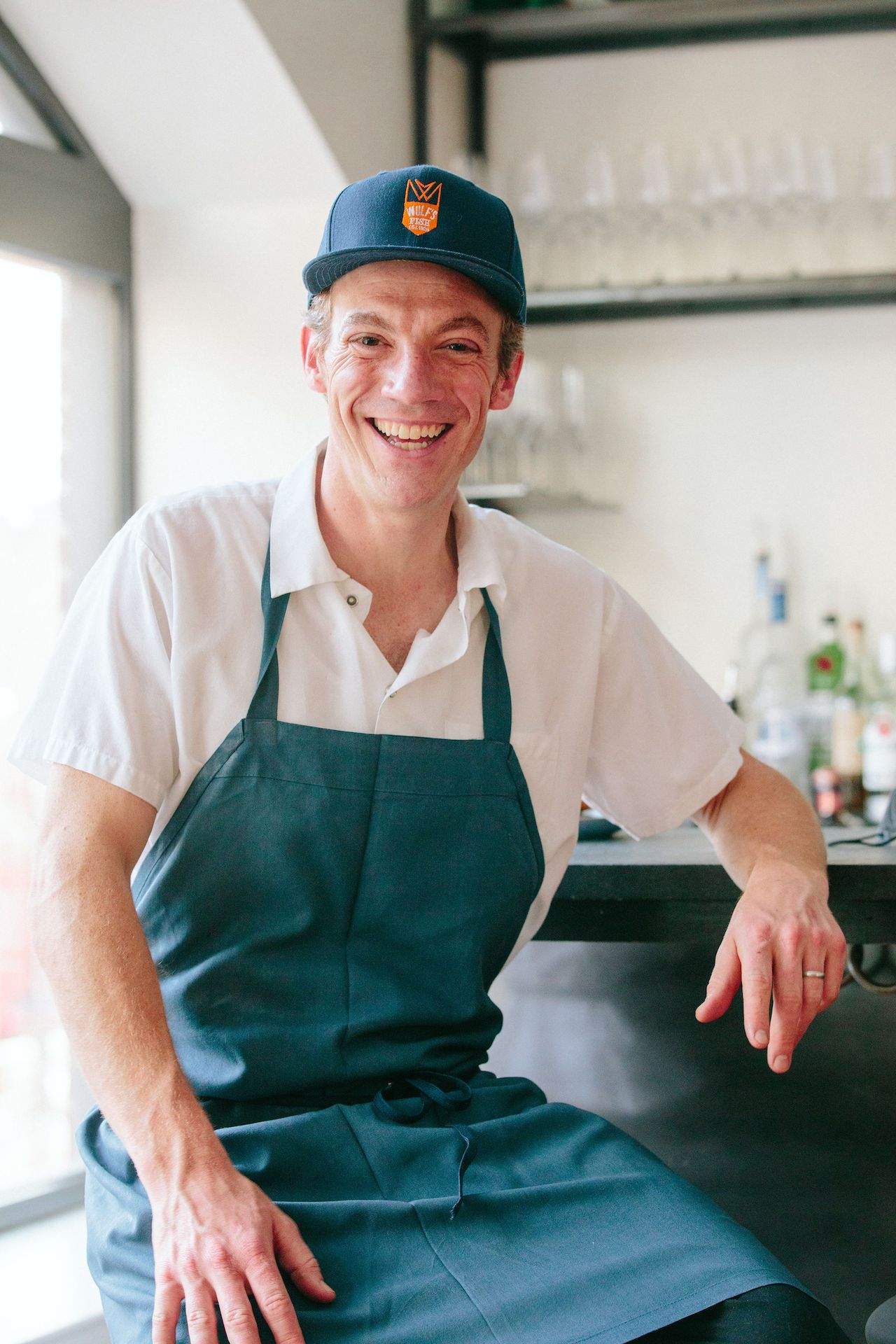
For Carl Dooley, the chef at high-end Boston seafood restaurant Mooncusser, whittling down the menu has several benefits. “We have a lot more control of our inventory,” he says. “We waste very little, and waste is key in any restaurant operation.”
Recent highlights include balancing more expensive products like duck breast with cod cheeks. This cut of the cod fish head is a favorite among chefs for its sweet flavor, has been underutilized in most kitchens, and is a new dish for many diners, Dooley says. “They’re super-delicious, but a bit less expensive for us.”
That’s significant given that the USDA expects food prices to continue rising above the historic average in 2023. More than half of the respondents in a fall 2022 James Beard Foundation survey said they reduced the number of dishes on their menu due to the current climate.
Reducing options also means less prep work for kitchen staff, which are likely smaller at most restaurants compared to pre-pandemic times. Restaurateurs cited difficulty in hiring as one of the biggest challenges of running their business in the same Beard Foundation survey.
Smaller plates
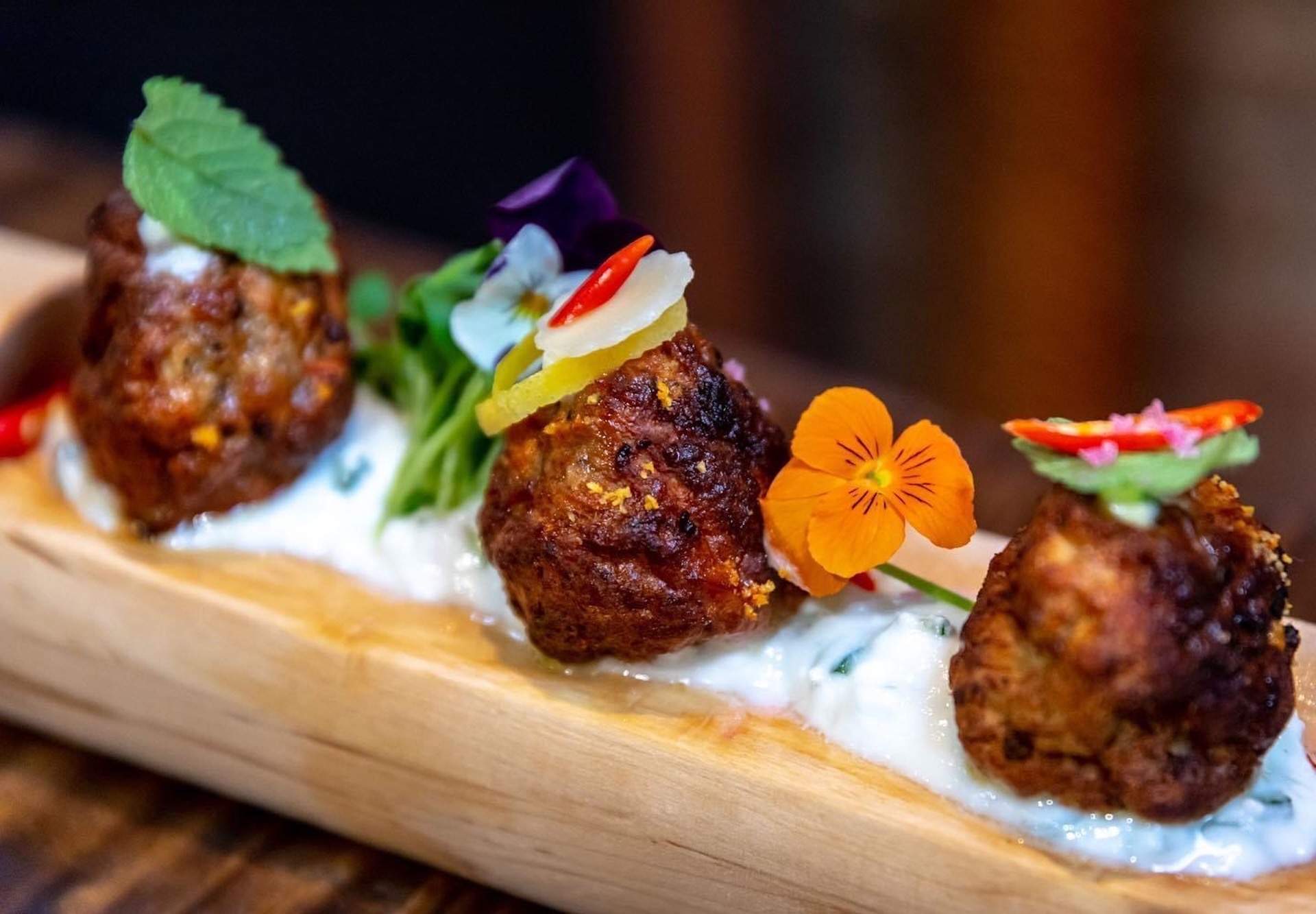
The size of dishes will likely keep shrinking, too. “A lower price point for a plate versus a regular main dish can get more people in the door,” German Rizzo, the chef and owner of New York’s Plado Tasting Bar, says. He predicts that more restaurateurs will turn to small plates and tapas menus.
“When you’re not locked into spending $35, $40 on a large plate, you can try more new things—and who doesn’t love that?” Rizzo says.
Plado’s vegetarian selections are $20 or less and include unconventional dishes such as roasted pumpkin with sweet potato and salsa brava. Meaty dishes like braised brisket croquettes with cherries and mascarpone or pork belly sliders with spicy dijon are also less than $20 due to the smaller size.
Meat-free menus and vegetable-forward dishes
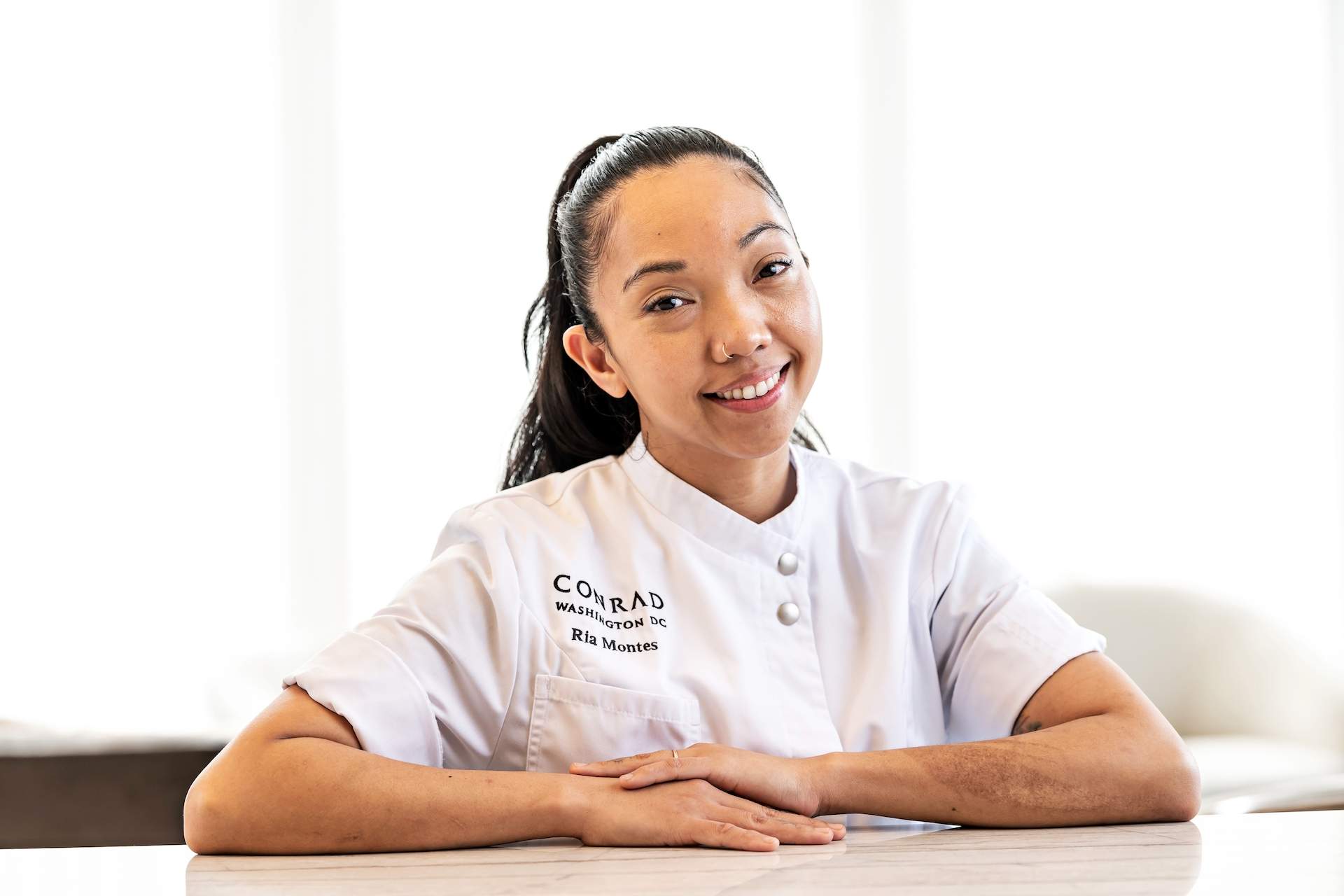
It’s boom time for diners that love certain shellfish. Chef Ria Montes of Estuary in Washington, D,C., added more oysters to the restaurant’s menu due to the soaring price of lobster. Not only has the price of oysters remained stable, but the bivalves are also a sustainable choice and help clean local waters. Estuary serves them in preparations such as roasted oysters with garlic chile crumbs.
To prevent supply chain issues, Montes has expanded relations with local purveyors, including Moon Valley Farm. Working more steadily with the farm has enabled Montes to add vegetarian dishes to the menu such as poached apples with cheese custard and peppery greens or roasted beets with wasabi arugula. It’s a win because the prices of vegetables have risen slower than meat, Montes says.
Chef Damon Campbell (of Lobby Lounge & RawBar and Botanist at Fairmont Pacific Rim in Vancouver) says, “Vegetable-forward menus will continue to rise with focus on different cooking techniques.” More fermented foods such as kimchi, sauerkraut, and miso will dominate restaurant menus, he predicts. His superfood salad is loaded with fresh greens including kale and mint, turmeric dressing, and a smattering of fermented blueberries.
Beyond traditional brick and mortar
Schlow is best known for upscale East Coast restaurants Alta Strada, Nama Sushi Bar, and Nama Ko. But when he wanted to expand further, he felt there was no better way than a lower-priced concept such as a food hall.
Schlow was one of the first to invest in Time Out Market Boston where his Italian restaurant is one of 15 food hall stalls. “[It] has definitely brought in more fans to the traditional brick-and-mortar stores,” Schlow says. “It’s drawing in people to explore and try different dishes.”
Schlow says the market allows him to test out new dishes before debuting them at his brick-and-mortar establishments. For diners who don’t want to pay too much, market halls provide a small taste before a bigger commitment, he says.
The strategy has also worked for Mooncusser. Its lower-priced concept Cusser’s—which serves roast beef and lobster rolls—has found huge success bringing in brick-and-mortar customers since setting up at Time Out Market in Boston.
Shared kitchens
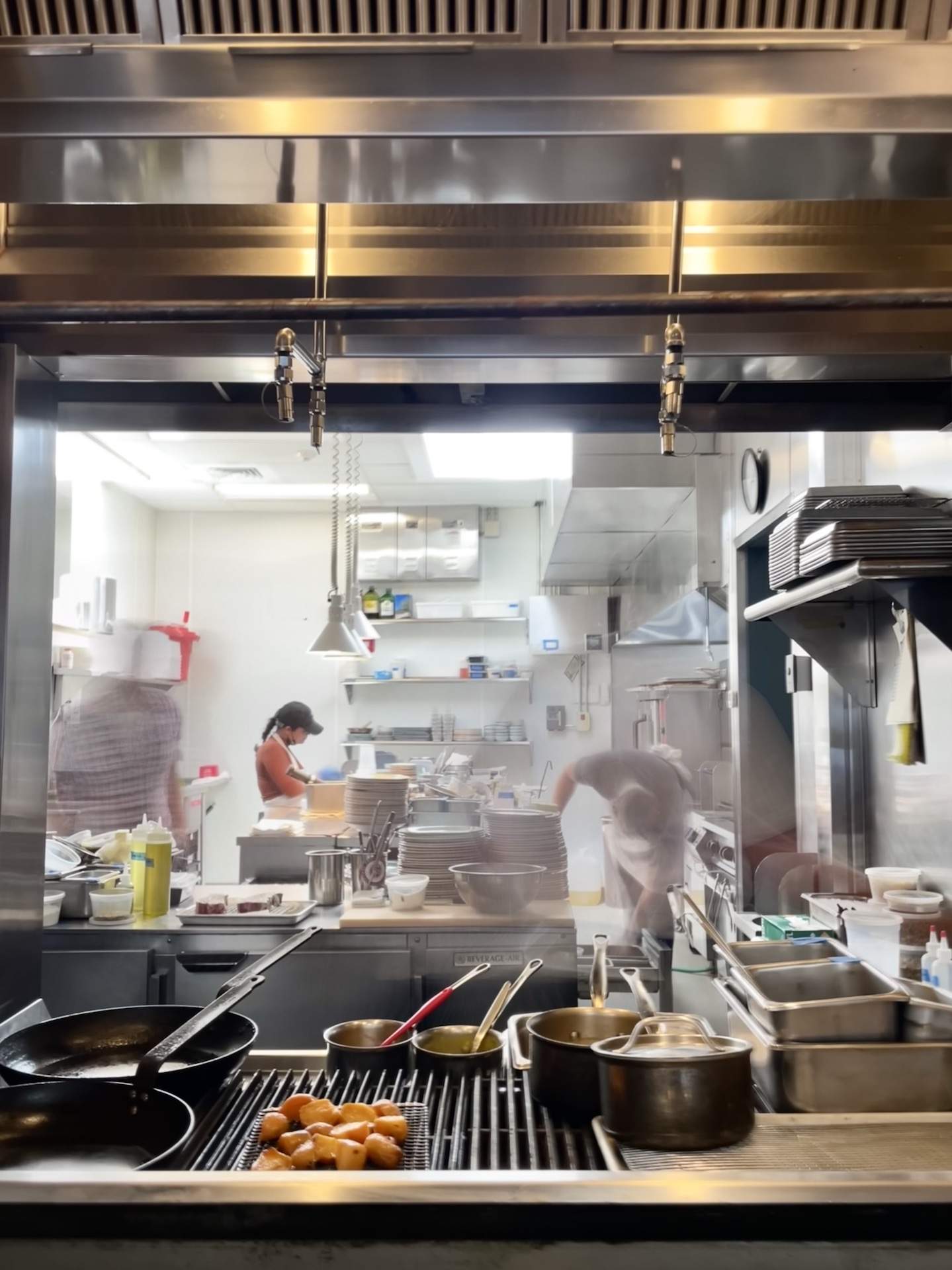
Delivery and takeout-only restaurants sharing a kitchen isn’t a new practice—ghost kitchens have been a thing for a while now. But several established restaurants are now using the same kitchen to expand their businesses.
When Michael Pagliarini and Pamela Ralston opened Cambridge seafood restaurant Moëca, they prioritized cost efficiency. Instead of having separate spaces for pastry chef Renae Connelly, who also works down the street at their Italian restaurant Giulia, they invested in a new space at Moëca. Connelly now prepares gelato and pastries for both restaurants there.
Boston’s Beacon Hill Books & Cafe is in a pricey neighborhood where historic brownstones make building new kitchens tricky. To minimize cost and maximize usable space, chef Colleen Suhanosky prepares pastries and dough using equipment at nearby Rifrullo Cafe. She’s also the chef at Rifrullo and can easily transport baked goods prepared there to the Beacon Hill cafe. Diners can usually order the same kinds of cookies and pastries at both restaurants as a result.
Kitchens with shared access to professional equipment trim cost in an industry that requires a huge amount of capital upfront, Pagliarini says.
Fewer brunches
Breakfast was always in the cards for Batifol owner Loic Le Garrec. But that makes him the exception. “We don’t make any money on brunch, and that’s the case for a lot of [restaurateurs],” the Cambridge restaurateur says. “I offer breakfast since it’s more like a service to the neighborhood. It’s a way to get people interested in coming back at night.”
Staffing and price point are among the reasons this trend will be around for a while, Le Garrec predicts. The lower cost per dish for most brunch or breakfast services means that the margins of profitability are smaller, he says.
Given that prices of commercial real estate and food continue to climb—and are expected to continue doing so—thinking outside the box is the way to go for many restaurateurs and chefs right now.
Carley Thornell-Wade is a Boston-based food, travel, and technology writer who’s been to more than 70 countries and delighted in tasting the regional delicacies of each.

